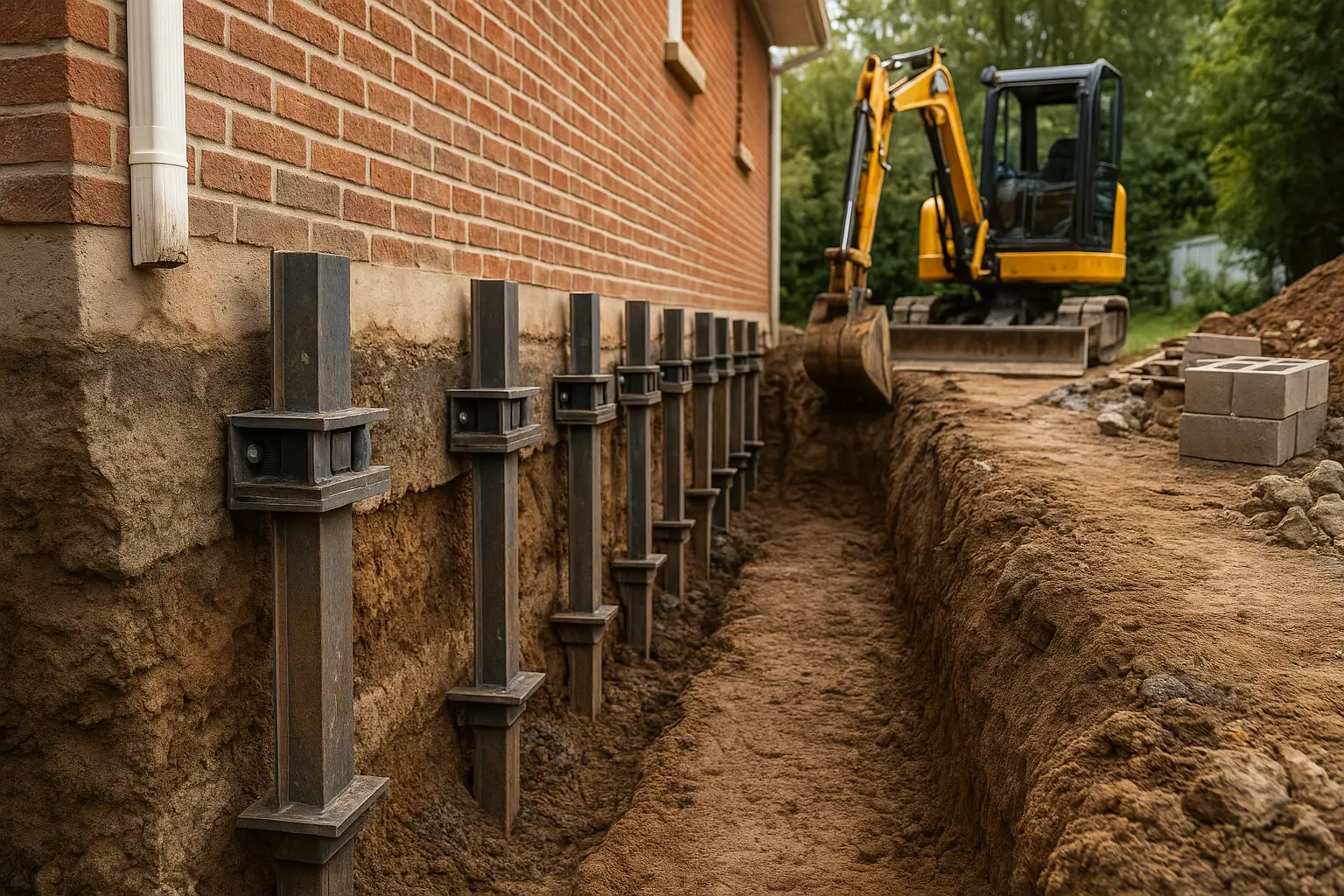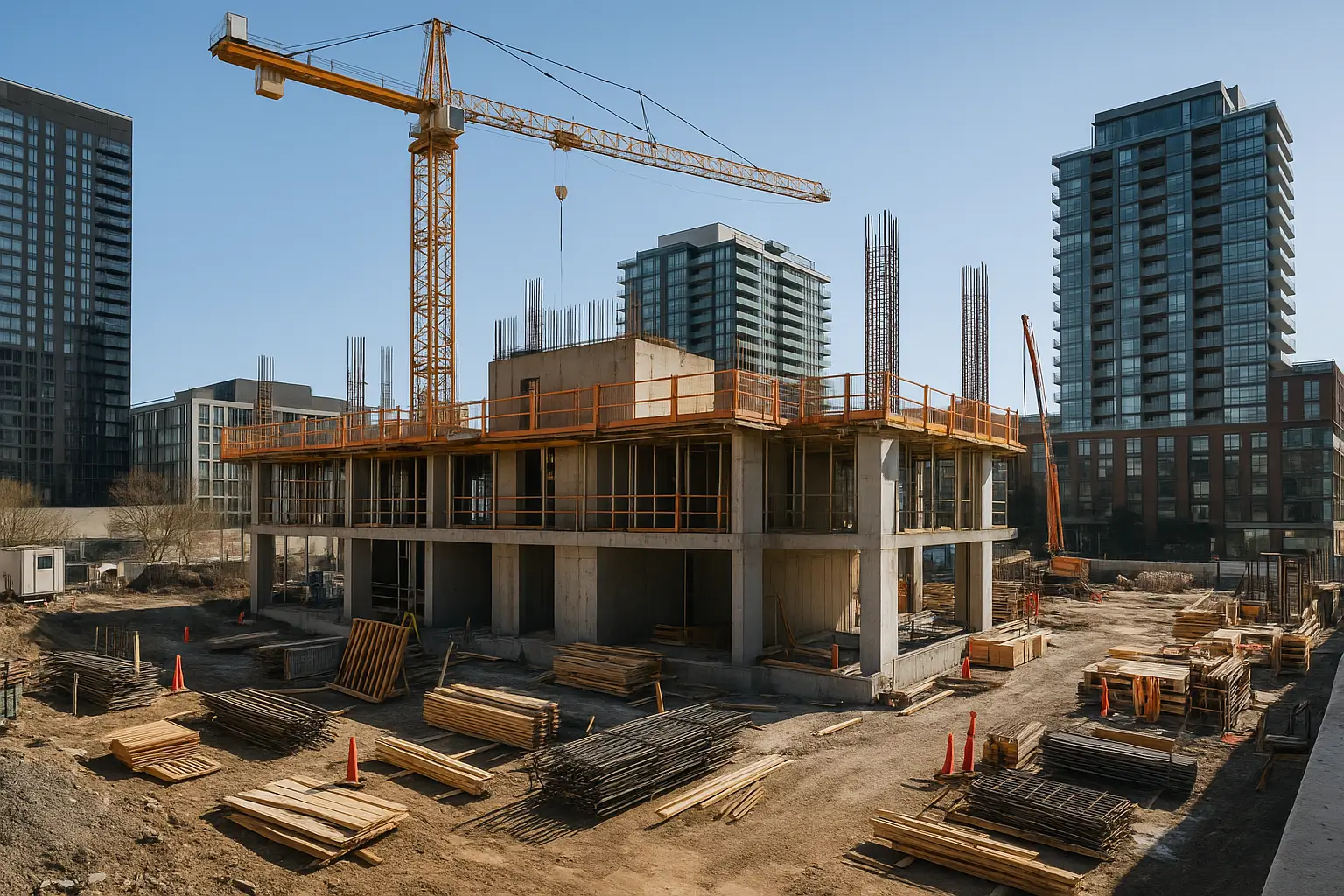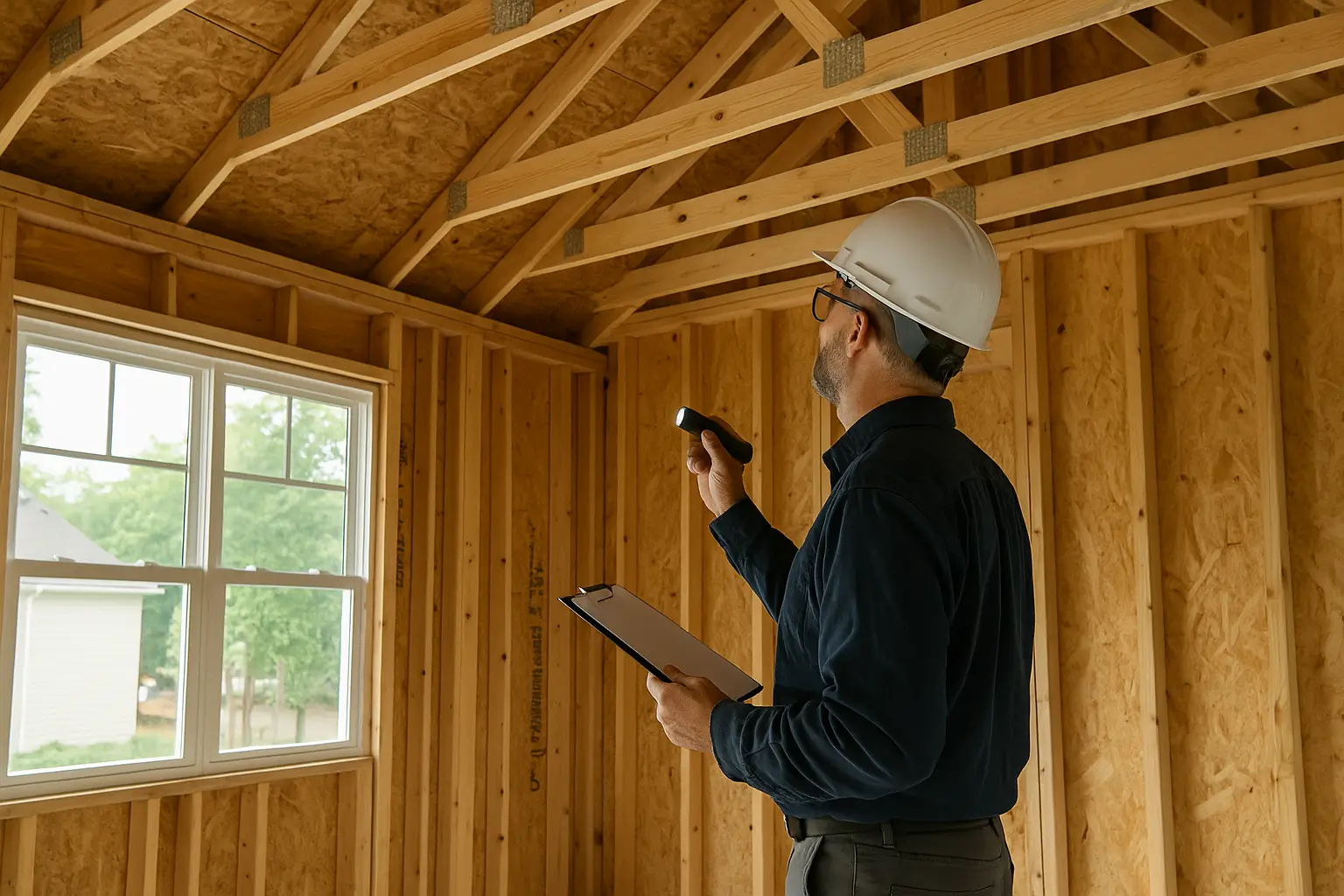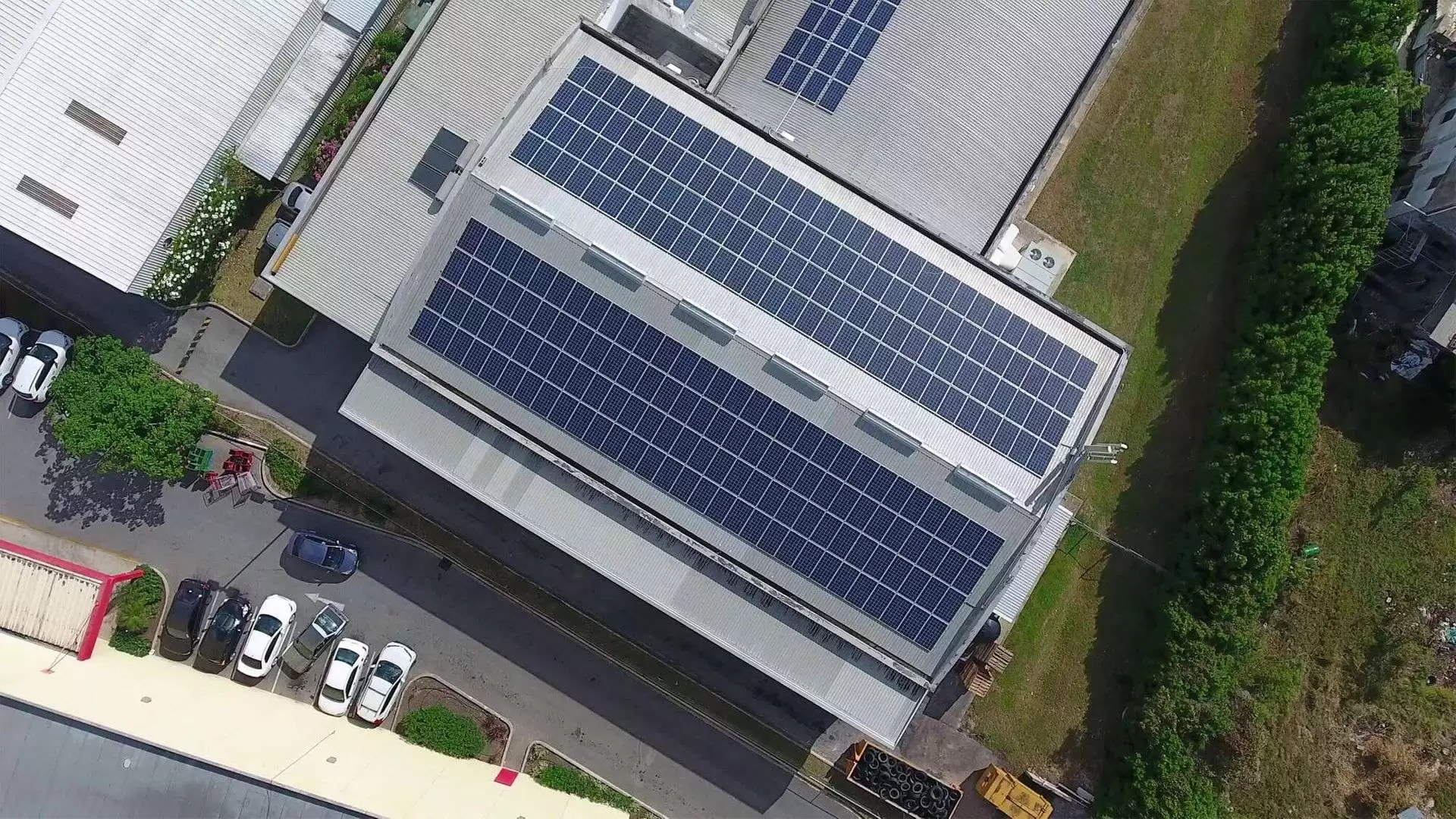Structural engineers in Toronto play a crucial role in modern engineering solutions, ensuring that structures are safe, functional, and able to withstand various environmental conditions. This article delves into the key responsibilities of structural engineers, their contributions to the built environment, and the pathways to becoming a professional in this vital field. By understanding the multifaceted role of structural engineers, we can appreciate their importance in designing and safeguarding our infrastructure.

Understanding structural integrity in engineering projects
Structural integrity is a fundamental aspect of engineering projects, ensuring that structures can withstand the forces and loads they encounter throughout their lifespan. Structural engineers are responsible for assessing and enhancing this integrity by conducting thorough structural analysis during the design phase. This analysis involves evaluating materials, load distributions, and potential failure modes, which helps in crafting structures that are not only functional but also resilient. Additionally, structural engineers must consider the long-term performance of structures, incorporating factors such as environmental conditions and wear over time, which are crucial for maintaining safety and functionality.
In essence, understanding structural integrity encompasses both theoretical and practical knowledge. Structural engineers often utilize sophisticated software and simulations to predict how structural elements will behave under various stressors, allowing them to optimize their designs. By integrating these analyses into their workflow, structural engineers can ensure that their projects meet stringent safety codes and standards. Ultimately, this commitment to structural integrity plays a vital role in the overall success of engineering projects, significantly impacting the safety and durability of infrastructure within the built environment.
How structural engineers design structures that can withstand environmental conditions
Designing structures that can withstand environmental conditions is a core responsibility of structural engineers. They must consider various factors, such as wind loads, seismic activity, and temperature fluctuations, which can significantly impact the stability of structures. Employing advanced techniques in structural design, engineers create resilient buildings, bridges, and other infrastructures that are capable of enduring the challenges posed by nature. This involves selecting appropriate materials and employing innovative design strategies that enhance the overall strength and durability of a structure.
Moreover, structural engineers work closely with civil engineers in Toronto and other professionals to ensure that their designs are not only structurally sound but also environmentally friendly. They integrate sustainable practices into their designs, focusing on reducing the carbon footprint of construction projects while still achieving optimal structural integrity. The ability to design structures that can withstand environmental conditions is essential in safeguarding communities and ensuring that infrastructure remains functional and safe over time. As climatic challenges continue to evolve, the expertise of structural engineers becomes increasingly vital in addressing the complexities of modern engineering solutions.
The importance of structural analysis in engineering
Structural analysis is an essential component of the structural engineering process, providing the means to evaluate how structures respond to various loads and forces. This analysis allows structural engineers to understand the behavior of structural elements under different conditions, enabling them to design buildings and bridges that are both safe and efficient. By employing mathematical models and simulations, engineers can predict potential weaknesses and areas of stress, which can then be addressed during the design phase. This proactive approach is vital for preventing structural failures and ensuring the longevity of engineering projects.
Furthermore, structural analysis plays a crucial role in compliance with safety regulations and building codes. Structural engineers must demonstrate that their designs meet these standards through rigorous analysis and testing. By validating their designs through structural analysis, engineers not only enhance the safety of their projects but also contribute to the overall trustworthiness of the engineering profession. This blend of technical expertise and commitment to safety underscores the significance of structural analysis in engineering, reinforcing its integral role in the successful execution of structural engineering projects.
What types of structural engineering roles exist?
The field of structural engineering encompasses a variety of roles, each contributing to the design and implementation of safe and effective structures. Structural engineers can specialize in different areas, including residential, commercial, and industrial projects, as well as infrastructure development like bridges and tunnels. These engineering roles often involve collaboration with architects, civil engineers, and other specialists to bring complex projects to fruition. Depending on their expertise, structural engineers may also focus on particular aspects of structural design, such as seismic engineering, where they develop structures that can withstand earthquakes.
In addition to traditional engineering roles, structural engineers can also find career opportunities in engineering consulting firms, government agencies, and construction companies. These positions often require a combination of technical skills, project management capabilities, and strong communication abilities. As the demand for innovative and sustainable infrastructure grows, the variety of structural engineering roles continues to expand, offering new challenges and opportunities for professionals in the field. This diversity enriches the field of structural engineering, allowing engineers to pursue careers that align with their interests and expertise.
Exploring different types of structural engineering jobs
Structural engineering jobs are diverse and can range from entry-level positions to advanced roles requiring extensive experience. Entry-level structural engineers often assist in the drafting and analysis of engineering designs, gaining practical experience while working under the guidance of seasoned professionals. As they accumulate experience and knowledge, they may transition into roles that involve more complex structural design tasks, project management, or specialized areas such as bridge design or high-rise structures. This progression often requires a solid understanding of the fundamentals of engineering, as well as a commitment to continued learning in the evolving landscape of structural engineering.
Moreover, opportunities in structural engineering extend beyond traditional employment. Many engineers opt to work as independent consultants, providing specialized engineering services to clients across various sectors. This entrepreneurial path allows structural engineers to leverage their expertise while pursuing projects that ignite their passion. Regardless of the specific job type, all structural engineering roles emphasize the significance of teamwork and collaboration, as engineers must work closely with other disciplines to ensure the overall success of engineering projects.
Career opportunities in the field of structural engineering
The field of structural engineering offers a wealth of career opportunities for aspiring professionals. As infrastructure demands increase, so does the need for qualified structural engineers who can design safe and efficient structures. Career paths may include positions in engineering firms, government agencies, and construction companies, with roles ranging from junior engineers to senior project managers. Additionally, there are opportunities to specialize in niche areas such as earthquake engineering, bridge engineering, and sustainable design practices, which can further enhance career prospects.
With the growing emphasis on sustainable practices and innovative technologies, structural engineers who are adept at integrating these elements into their designs will find themselves in high demand. Furthermore, opportunities for advancement in this field are significant, as experienced engineers can transition into leadership roles, influencing the direction of projects and contributing to strategic decision-making. The versatility and demand for structural engineering expertise make it a promising field for those seeking a fulfilling and impactful career.
What does an experienced structural engineer do?
An experienced structural engineer in Scarborough Toronto typically assumes a range of responsibilities that leverage their technical skills and knowledge. They are often involved in the full lifecycle of an engineering project, from initial design concepts to final construction oversight. This includes performing detailed structural analysis, developing design specifications, and ensuring compliance with relevant codes and standards. Experienced structural engineers often play a pivotal role in mentoring junior engineers, sharing their insights and expertise to foster growth within the team. Their leadership is crucial in guiding projects from conception through to successful completion.
Moreover, seasoned structural engineers are often tasked with managing client relationships, collaborating with architects, and coordinating with other engineering disciplines. Their ability to communicate effectively and manage stakeholder expectations is essential for ensuring project success. In addition, experienced engineers may engage in research and development, exploring new materials and design methodologies that can enhance structural performance and sustainability. The multifaceted nature of their role allows experienced structural engineers to make significant contributions to the built environment, driving innovation and safety in engineering projects in Toronto.
How do structural engineers contribute to the built environment?
Toronto’s Structural engineers play a vital role in shaping the built environment, ensuring the safety and functionality of various structures. Their contributions encompass the design and analysis of buildings, bridges, and other infrastructures, directly impacting the quality of life for communities. Through their expertise, structural engineers create structures that not only fulfill aesthetic and functional needs but also prioritize safety, sustainability, and resilience. The collaboration between structural engineers and other professionals in the construction industry is essential, as it fosters innovation and efficiency in engineering projects.
Moreover, structural engineers are responsible for assessing existing structures, identifying potential issues regarding structural integrity, and recommending necessary interventions to enhance safety and performance. Their work extends beyond new construction, as they also contribute to retrofitting and rehabilitating older structures to meet modern safety standards. By addressing the challenges posed by aging infrastructure and evolving environmental conditions, structural engineers significantly enhance the longevity and reliability of the built environment, ensuring that communities thrive for generations to come.
The role of structural engineers in large engineering projects
In large engineering projects, structural engineers are integral to the planning and execution phases, providing essential expertise in structural design and analysis. They collaborate with architects and civil engineers to ensure that proposed designs are not only visually appealing but also structurally sound and capable of withstanding the loads and environmental conditions they will encounter. This collaboration often involves extensive modeling and simulations to evaluate the performance of structural elements under various scenarios, allowing for informed decision-making throughout the project lifecycle.
Additionally, structural engineers oversee the implementation of their designs during construction, ensuring adherence to safety regulations and quality standards. They routinely inspect construction sites, assess the integrity of materials, and address any potential issues that may arise during the building process. This hands-on involvement is crucial for maintaining the overall safety and functionality of large engineering projects. The expertise that structural engineers bring to these projects not only contributes to their success but also reinforces the importance of safety and sustainability in the built environment.
How structural engineers ensure safety in civil engineering
Safety is a paramount concern in civil engineering, and structural engineers play a key role in ensuring that structures meet rigorous safety standards. They conduct thorough structural analysis to identify potential vulnerabilities in designs, allowing them to address these issues before construction begins. By implementing best practices in structural design and employing high-quality materials, structural engineers help create structures that can withstand various stresses and environmental challenges, ultimately protecting the public and the built environment.
Moreover, structural engineers often collaborate with regulatory agencies to ensure compliance with local building codes and safety regulations. This partnership is essential for maintaining public safety and ensuring that structures are built to withstand the test of time. In addition to new constructions, structural engineers assess existing structures, identifying areas that may require retrofitting or reinforcement to enhance safety. Their ongoing commitment to safety in civil engineering reflects their dedication to protecting lives and fostering trust in the structural integrity of the built environment.
Case studies of successful structural engineering projects
Case studies of successful structural engineering projects provide valuable insights into the innovative solutions and strategies employed by engineers. One notable example is the design of the Burj Khalifa in Dubai, which stands as the tallest building in the world. Structural engineers faced numerous challenges, including extreme wind loads and seismic considerations, leading to the implementation of cutting-edge design techniques and materials that ensured the building’s stability and safety. This project showcases the essential role of structural engineers in pushing the boundaries of architectural design while maintaining structural integrity.
Another remarkable case is the design of the Golden Gate Bridge, which has become an iconic symbol of engineering excellence. Structural engineers meticulously analyzed the forces acting on the bridge, incorporating flexible design features that allow it to withstand strong winds and seismic activity. This project exemplifies how structural engineers can innovate while prioritizing safety and functionality. By studying these successful projects, aspiring structural engineers can gain inspiration and practical knowledge that will inform their future work in the field.
What are the challenges faced by structural engineers?
Structural engineers encounter a range of challenges throughout their careers, from technical hurdles to project management issues. One significant challenge is ensuring structural integrity in the face of evolving environmental conditions, such as climate change and increased extreme weather events. Engineers must remain vigilant and adaptable, continuously updating their knowledge and skills to address these challenges effectively. Additionally, balancing cost constraints with the need for high-quality materials and designs can be a complex task, requiring strategic decision-making and innovative solutions.
Moreover, structural engineers often face time constraints that can pressure their ability to perform thorough structural analysis and design. The demand for rapid construction can lead to situations where corners may be cut, potentially jeopardizing safety and effectiveness. Therefore, engineers must advocate for comprehensive analyses and prioritize safety, even in fast-paced environments. By navigating these challenges, structural engineers not only ensure the success of their projects but also contribute to the overall safety and resilience of the built environment.
Common issues in structural design and analysis
Common issues in structural design and analysis include miscalculations, material deficiencies, and inadequate consideration of environmental factors. Structural engineers must meticulously evaluate load-bearing capacities and ensure that all components of a structure are designed to handle the intended loads. Misjudgments in these calculations can lead to serious structural failures, emphasizing the importance of thorough analysis and attention to detail. Additionally, using subpar materials or overlooking the long-term implications of material degradation can compromise the integrity of structures over time.
Another prevalent issue is the challenge of integrating new technologies into traditional design practices. As the field of structural engineering evolves, engineers must stay abreast of advancements in materials science and engineering software to enhance their designs. This adaptation often requires ongoing education and training, as engineers strive to incorporate innovative solutions that improve safety and efficiency. Addressing these common issues is vital for the success of structural engineering projects and the continued advancement of the profession.
How engineers often handle structural engineering challenges
Structural engineers often handle challenges by employing a combination of advanced analytical methods and collaborative teamwork. By utilizing state-of-the-art software and simulation tools, engineers can perform detailed structural analyses that help identify potential weaknesses in their designs. This proactive approach allows them to make informed decisions and implement necessary revisions before construction begins. Furthermore, engineers frequently collaborate with architects, civil engineers, and contractors to ensure that all aspects of a project are aligned, facilitating effective problem-solving and innovation.
In addition to technical solutions, engineers often prioritize effective communication and stakeholder engagement to address challenges. By keeping clients and project teams informed throughout the design and construction process, engineers can foster a culture of collaboration that encourages the sharing of ideas and solutions. This holistic approach not only enhances the quality of engineering projects but also ensures that challenges are addressed in a timely and efficient manner. Through these strategies, structural engineers can navigate the complexities of their work while maintaining a steadfast commitment to safety and quality.
Why is structural engineering important in modern society?
Structural engineering is essential in modern society as it directly impacts the safety, functionality, and sustainability of our built environment. The designs and structures developed by structural engineers provide the framework for our cities, facilitating transportation, commerce, and community interactions. As urbanization continues to grow, the need for innovative
As urbanization continues to grow, the need for innovative solutions in civil and structural engineering becomes increasingly crucial. This branch of civil engineering focuses on designing and constructing safe buildings and infrastructure that can withstand the demands of modern urban life. Structural engineering is a specialized discipline within this field, emphasizing the successful integration of materials and design principles to ensure structural integrity. Structural engineers use advanced modeling techniques to predict how structures will behave under various conditions, while also considering the environmental impact of their designs.
The focus of structural engineering lies in creating resilient structures that meet safety standards and aesthetic desires. To achieve this, structural engineers collaborate with architects and other professionals. Additionally, engineers perform structural inspections to assess existing buildings, ensuring they remain safe for use. The salary for a structural engineer reflects the complexity of their work and the demand for their expertise in an increasingly urbanized world.

















